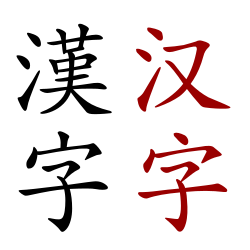User:Abirajeng
WELCOME TO THE USER PAGE OF ABIRAJ
Introduction
Abiraj Anandanadarajah of Colombo, Sri Lanka, possessor of User “Abirajeng” is an University undergraduate student. Basically, he is a Mechanical and Manufacturing Engineering undergraduate of Faculty of Engineering, University of Ruhuna, Galle, Sri Lanka. He is a Sri Lankan Tamil, speaking Tamil as his mother tongue while he can speak in English and Sinhala which is the Major language of the country.
As far as his family is concerned, both his father and mother retired government officers. His father was a Senior Labour Officer (SLO) and mother was an Asst. Commissioner of Labour (ACL) under the ministry of the Labour. He has got two brothers and two sisters and he is the last in his family.
Working Experience
He had worked at British American Tobacco (Ceylon) as the trainee engineer where he was involved in managerial operations and production and planning. Also, he had worked in Techmast Automation (Pvt) Ltd as the trainee engineer where he was involved in various activities including workshop practices, automation, PLCs, pneumatics and so on.
Activities
He is a supporter of Wikipedia Organization by editing and writing the articles as a public service. He is interested in writing poems, singing & googling as a hobby.
Today's Featured Article
Chinese characters are logographs used to write the Chinese languages and others from regions influenced by Chinese culture. The function, style, and means of writing characters have changed greatly over the past three millennia. Unlike letters in alphabets that directly reflect the sounds of speech, Chinese characters generally represent morphemes—the units of meaning in a language—often encoding aspects of pronunciation as well as meaning. Writing all of a language's frequently used vocabulary requires 2000–3000 characters; as of 2024, nearly 100,000 have been identified and included in The Unicode Standard. Characters are composed of strokes written in a fixed order. Historically, methods of writing them include inscribing stone, bone, or bronze; brushing ink onto silk, bamboo, or paper; and printing with woodblocks or moveable type. More recent technologies using Chinese characters include telegraph codes and typewriters, as well as input methods and text encodings on computers. (Full article...)


